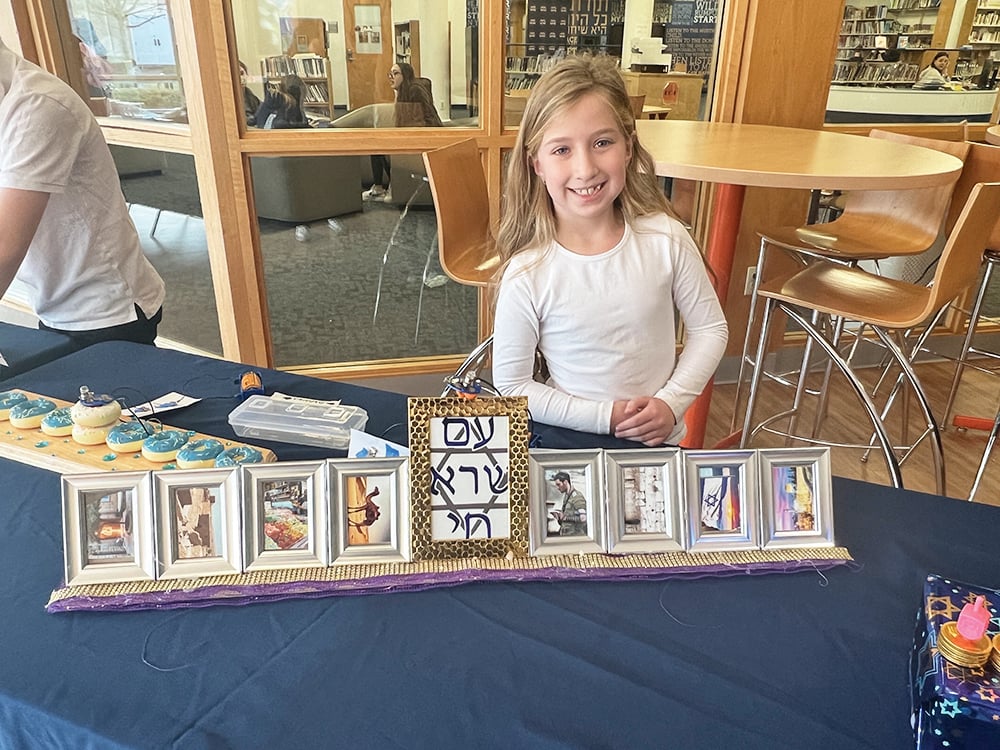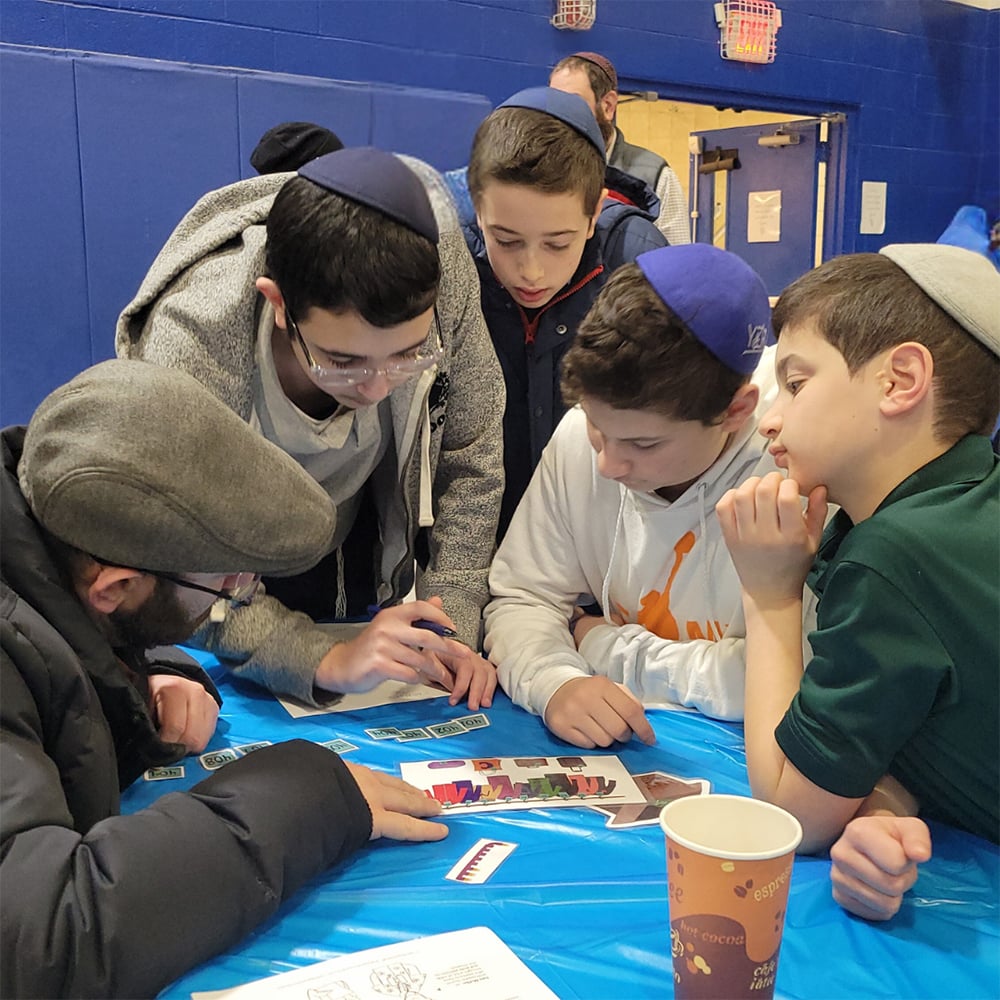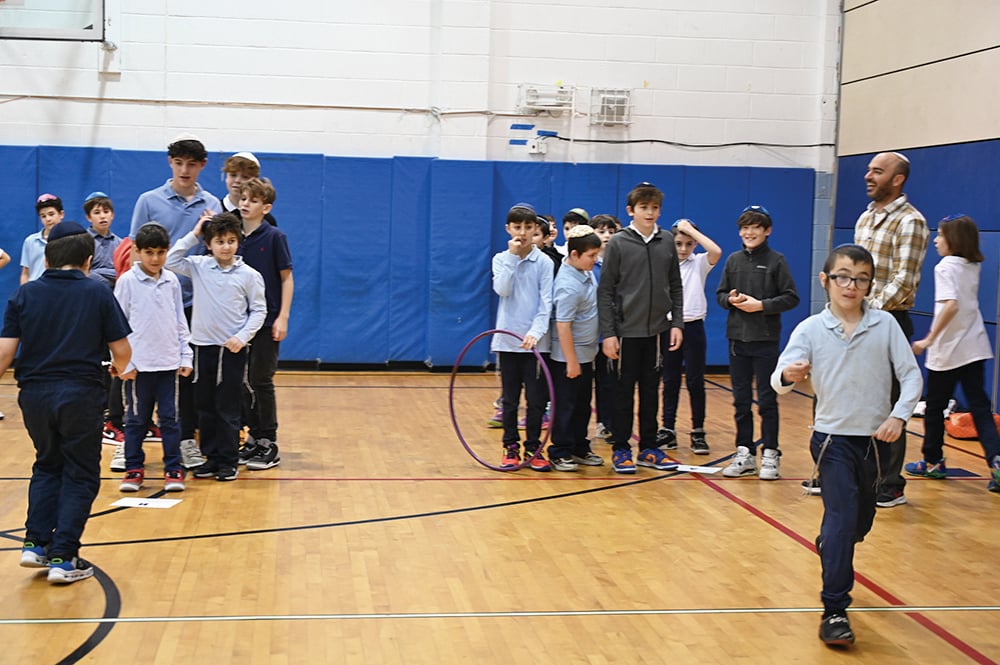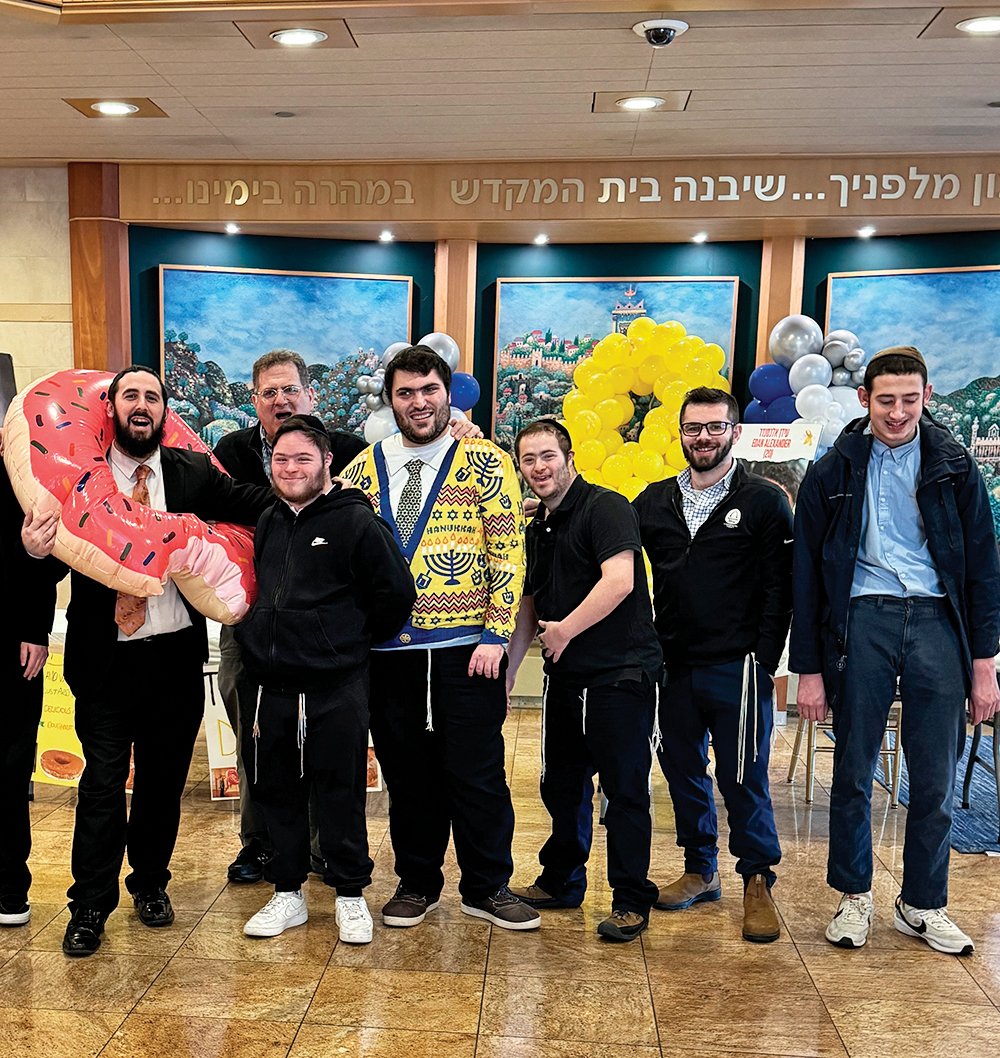


This morning, my son Etiel invited me to join him on a mission. He was headed to the military cemetery at Har Herzl in Jerusalem. The task: To stand by the grave of an Israeli soldier as the siren of remembrance wails. In all my years in this old/new land, I have seldom experienced greater emotion and unity with my past, present and future. When he was assigned his “חלל” (fallen soldier) Etiel introduced himself to the relatives already waiting there. We stood by the grave of Shmuel Sheferman, z”l, who was just 20 years old when he fell in battle during מבצע קדש, Sinai War, 1956. Etiel looked up the fallen soldier’s history, so that the day would be a meaningful tribute and not simply a coarse paying of respects. Roi Klein, z”l, is famous for having fallen on a grenade to save his soldiers in 2006. Shmuel Sheferman did it in 1956. Turns out that Sheferman was one of the first yeshiva/religious combat soldiers in the IDF. He was a student at Kfar Haroeh and was asked to tend to religious matters in paratrooper battalion 890. He refused.
His sister-in-law, who was there at the graveside, told me that when encountered by then Chief Rabbi Shlomo Goren, who wondered in amazement what a yeshiva bachur was doing in a combat unit, Shmuel answered that he just couldn’t be relegated to checking kashrut when others were risking their lives so that we could keep kashrut in the first place. The sister-in-law Shmuel never met, together with his brother (her husband), named their first-born son Shmulik many years ago. The surviving brother has since passed, but Shmuel’s namesake and the sister-in-law he never met, continue to visit Shmuel every year on Yom Hazikaron—along with an active combat soldier from Paratrooper Battalion 890, who this year just happened to be our Etiel.
Shmulik and Etiel spoke for quite a while, both about Shmuel and all about the training and operations the paratroopers are involved with, literally these past few days. At 11:00 a.m., I stood there on the side as the siren wailed, overcome with tears at the sight of my own son wearing the uniform dreams are made of, with a red beret over his kippah, paratrooper’s wings and a combat badge adorning his chest, standing at attention over the grave of a boy who gave his life for the life of our nation. On the way home, Etiel commented to me that from his perspective, the primary theme of the day is, “דע מאין באת ולאן אתה הולך” “Know where you come from and where you are going,” which I was at first horrified to hear, since it’s a metaphor from the Mishna often recited at funerals. Etiel then explained to me that he interprets it differently than the Mishnaic sage: “מאין באת” is knowing where your roots are, which is with all the heroes at Har Herzl; and “לאן אתה הולך” is the place where all of them dreamed to get to, which we are now doing for them—and only because of their sacrifice. Mesorah is a big theme in our family and for me today was one of those moments when, as we say in these parts: אפשר לסמן ווי. Mission accomplished.
לתפארת מדינת ישראל
Shlomo Zwickler is a Tel Aviv based attorney and is the founder of Mitspe Hamasuot in Jerusalem (a project of American Friends of Beit Orot), home of the Temple Mount Sifting Project. His law practice specializes in civil and commercial litigation and representation in property transactions as well as aliyah-related tax advising. Shlomo has been at the forefront of efforts to reclaim and bolster Jewish life in historic sections of Jerusalem for nearly two decades. Shlomo and his wife Miriam (originally from Teaneck) have eight children and reside in the Israeli heartland north of Jerusalem.













